Lincoln Park vs. Loop Campus
There are bound to be differences when the city is your campus
Students gather on the quad, hammocking and picnicking on a recent sunny day. Most universities have quads that are used for events and just hanging out.
DePaul is not your ordinary university. Unlike a traditional college campus, the city of Chicago is DePaul’s campus—but the university still offers both contrasting cultures.
In a college town, you look out your classroom window and see students walking around with backpacks or laying down in the grass. The campus is a community shielded from the chaos of the city. This is what Lincoln Park’s campus is like. Now, imagine looking out of your classroom window and seeing businessmen in suits, tourists exploring the city and homeless people. That’s what it’s like being a DePaul student in the Loop.
Under Rev. Comerford O’Malley, former DePaul president from 1944 to 1964, DePaul expanded beyond Lincoln Park for the first time after acquiring buildings in the Loop.
The Loop is Chicago’s largest business district and home to five DePaul colleges: College of Business, College of Law, School for New Learning, College of Communication and College of Computing and Digital Media.
“I like the Loop campus because it feels like I’m working a job in the city when in reality I’m just going from class to class like every other student—but I’m doing it with all the great skyscrapers around me,” said Zack Kuehn, a communications and media major.
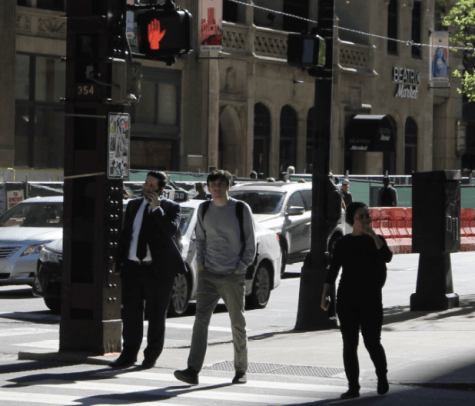
Students and professionals alike cross the street. At the Loop Campus, the buildings are integrated among office buildings, restaurants and stores.
Students did not hold back in pointing out the differences between the campuses.
“I think the Lincoln Park campus is a lot more relaxed,” Kuehn said. “People are in sweatpants, walking around lazily. Down here in the Loop campus there is a lot of urgency and high-strung people in suits, and they all talk about their accounting projects.”
When you want to get away from the metropolitan mayhem, you can escape to the Lincoln Park campus by getting on the red line, which is steps away from the Loop campus buildings.
Just north of downtown, the Lincoln Park campus is like a traditional college campus that is home to five schools: College of Education, College of Liberal Arts and Social Sciences, College of Science and Health, School of Music and the Theatre School.
The different colleges within each campus reflect the environment which with they are placed.
“I absolutely think it would be very weird if my college was placed in the Loop,” said Ethan Hallberg, a psychology major in the College of Science and Health. “It works out well for us being here in Lincoln Park because the Loop isn’t some hub for science and health—it’s better to have the liberal arts colleges here because it’s just that kind of atmosphere here.”
Hallberg favors Lincoln Park because of its community feel and nightlife, given that the bars and places near campus stay open later and are usually filled with students.
“The Lincoln Park campus is a relaxed community,” he said. “The Loop has more pressure to be a professional environment because it’s in one of the biggest business districts in the country. I feel at home at the Lincoln Park campus. When I go to the Loop, I feel like I’m going to work. There’s no off-switch—it’s all professional, all the time.”
In Lincoln Park, you’ll see students dressed in a more lax, effortless manner.
“I don’t personally feel any pressure to dress a certain way when I’m in the Loop, but I would feel better if I happened to be dressed up because I would feel more a part of the environment,” Hallberg said.
Apart from attire and majors, the difference in the number of students enrolled in each campus is significant.
In Fall 2018, there was a total of 14,271 students enrolled in the Loop colleges and only 8,166 students enrolled in the Lincoln Park colleges, according to Karen Wigle, executive assistant and budget manager of DePaul enrollment marketing.
But Wigle said that while 41.5 percent of students were enrolled in credit hours in the Loop in Fall 2018, 42.5 percent were enrolled in Lincoln Park credit hours. The remaining percent of students are enrolled in online credit hours.
“When I was applying to DePaul, having two different campuses didn’t bother me,” said Oliver Kahveci, a user experience design major in the College of Computing and Digital Media. “I just mainly wanted to be downtown in a big city because I grew up in the suburbs.”
Kahveci said he didn’t have a preference between campuses, but he finds the Loop campus more engaging.
“The Lincoln Park campus is more comfortable and in its own bubble,” he said. “I like the Loop campus because you can go down to the water pretty easily and go to the museum.”
The Art Institute of Chicago and The Field Museum are a short walk away for students to go during a lunch break in between classes in the Loop.
It all goes back to the entire city of Chicago being DePaul’s campus to explore and to learn.



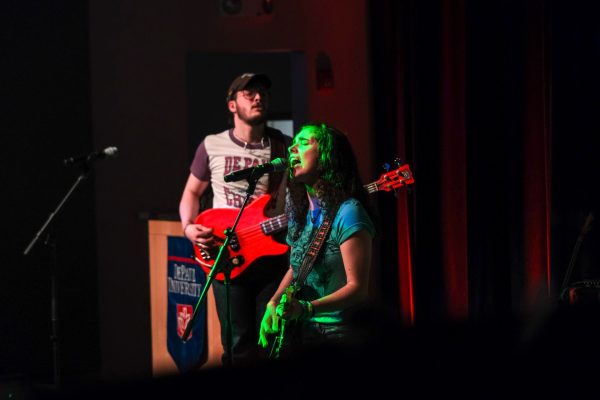
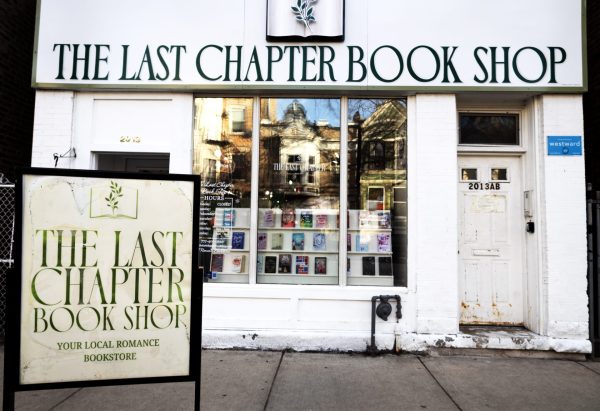

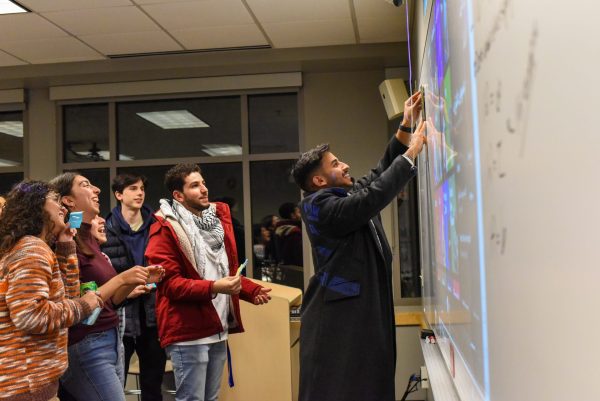


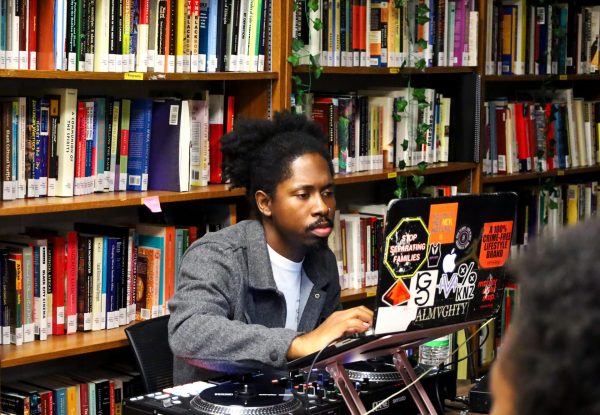
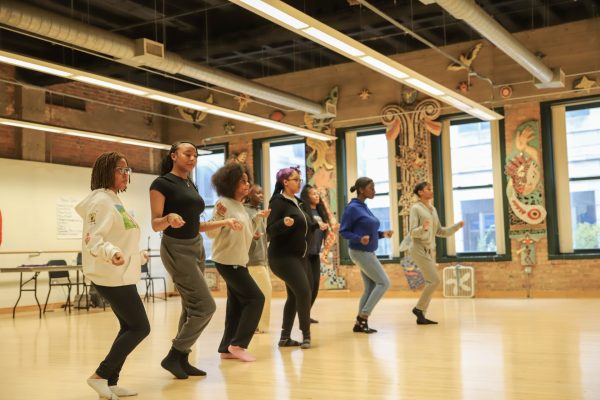
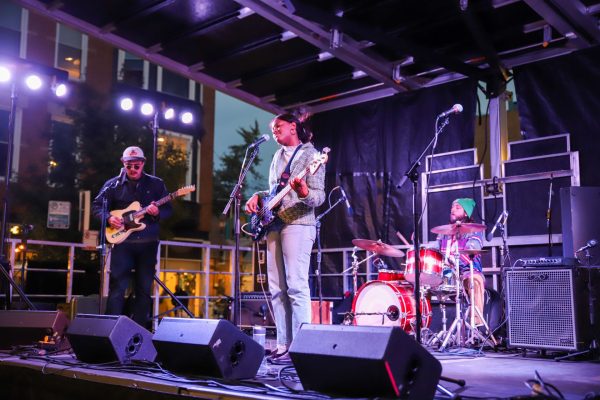

Thomas • Jun 19, 2019 at 9:29 am
i came from both worlds a long loong time ago.
let me just say the experiences in both campuses are quaint, even if you are unsure of what you want to do,
later in life… from day classes to living in lincoln park, to the night experience and the surrealism of being
a student with all that goes on, 🙂
those memories, spending time in the light reflecting (and studying, if i could, 😉
you can’t trade them.
also, some of the best people in my life, i met during those years.
they have been quite unrepeatable since then.
~peace
thomas 🙂
Lauren • Jun 13, 2019 at 5:59 pm
I am looking forward to taking my first class at the Loop in the Fall because the campus seems more “mature”, if that makes sense. I am a 34 year-old transfer student and so far my classes have all been online and in Lincoln Park, which sucks because I live all the way in Garfield Park and since I come from a working class background, much of how students behave can be embarrassing cringe-worthy. I witness too many students texting in class, finding ways to skirt responsibility, and walking around and texting, too, as if they’re Moses parting a sea of people–it’s very annoying and sometimes enraging when I get stuck in a group with someone who says shit like ‘C’s get degrees’; before enrolling I thought DePaul would have more serious students considering the price-tag and the stuff I had been fed about college.
I really hope the Loop is better!